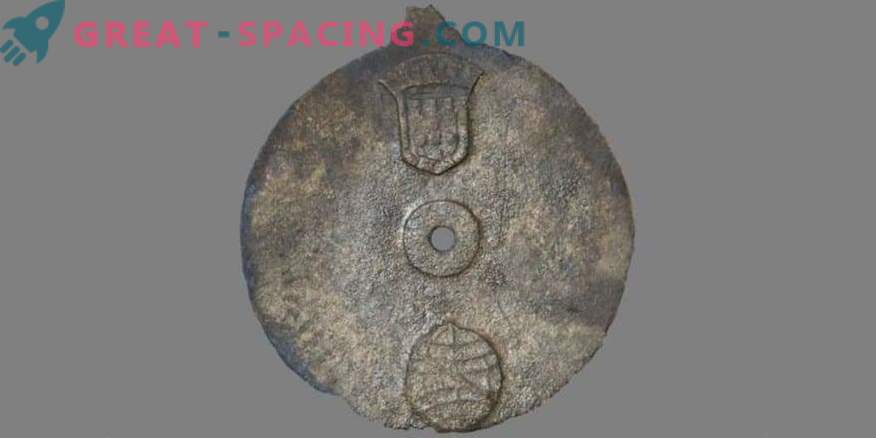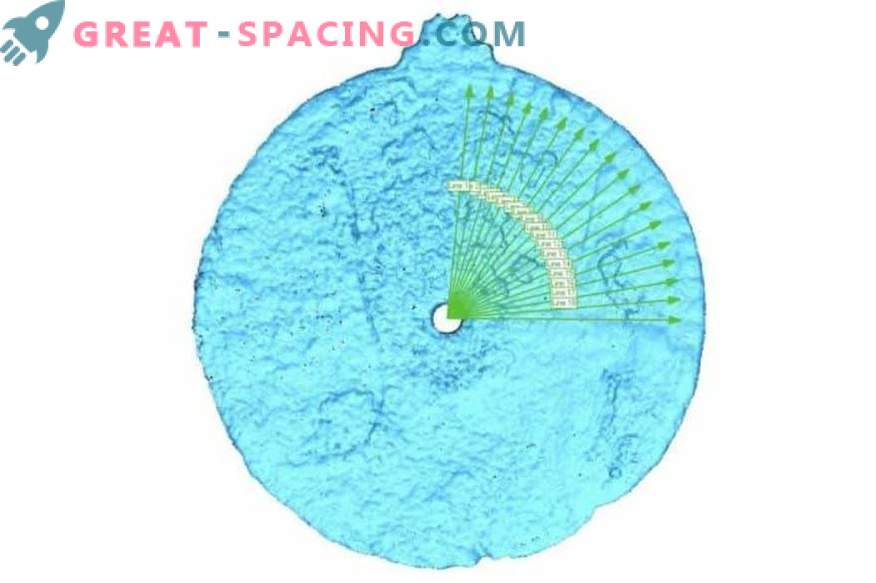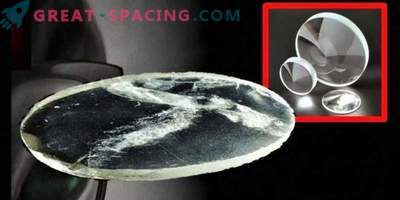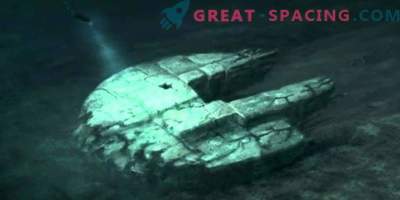
The copper-alloy astrolabe found at the shipwreck site in Oman dates from 1496-1501, making it the oldest sea astrolabe ever discovered.
Astronomy is considered an ancient science, because the stars were available every night. Therefore, astronomical instruments appeared during the reign of ancient civilizations. One of these artifacts recently managed to find scientists.
What is an astrolabe?
Astrolabeia is an ancient astronomical device, which was used to determine the latitude and longitude of celestial objects, as well as to calculate the horizontal angles. It is based on the idea of stereographic projection (from a circle on a sphere in a circle on a flat version).
For the first time, the ancient Greeks began to use astrolabes. Rumor has it that the inventor is a certain astronomer named Eudox. And others call Apolny. At the base was a “drum” depicting celestial spaces with a circle of zodiac signs. The final Greek version appeared in the 4th century. BC er
Further improvements by representatives of the East allowed to expand the possibilities of the astrolabe, which now allowed to determine the length of the day and night, fix the time, carry out mathematical calculations and even name the dates of future astronomical events. In Western Europe, the astrolabe arrived in the Arabic version and became a popular tool. The essence remained the same, but its appearance was constantly trying to improve. Therefore, initially, the astronomical tool for many became a fashionable attribute or a collection thing.
The astrolabe consisted of several moving parts. In the center was a “spider,” which was turned according to the height of the sun or a particular star. This made it possible to calculate the azimuth of the star, the exact time pointer and the horoscope. There were several types of instruments, one of which was the marine astrolabe.
Ancient Marine Version

The 3D laser scanning procedure made it possible to find tiny erased prints in the upper right quadrant on the astrolabe surface. These marks allowed the navigators to measure the height of the sun or stars to calculate the width of the ship.
A recent find has already been made to the Guinness Book of Records as the most ancient maritime astrolabe. Its creation dates back to 1496-1501. It is believed that it was not used for long, because the analysis showed that the astrolabe sank in 1503 during a shipwreck off the coast of Al-Khalliya Island in Oman.
Marine astrolabes were circular instruments that were used by sailors to determine the height of the sun or stars, which helped calculate the latitude of the ship. The find was discovered in 2014 under a layer of sand in the Arabian Sea. By the way, the ship belonged to Vice-Admiral Vicente Sodre, who is the uncle of the famous navigator Vasco de Gama. Marine astrolabe fished under 0.4 m of sand near the shipwreck. In diameter, the device covers 17.5 cm, and on its surface is the coat of arms of Portugal and the armillary sphere (location of space objects around the Earth). Made of copper alloy with small admixtures of zinc, tin and lead.
Due to the fact that the astrolabe spent several centuries in seawater, many of its marks were erased. Therefore, researchers had to use a laser scanner to find the smallest indentations on the disk. Thus, it was possible to restore the scale to 18 marks in the upper right corner, which was used by the navigator to measure the angle of the Sun or stars.
Postscript
Found marine astrolabe will be an excellent museum exhibit. This is the oldest marine version, but there are earlier finds of other species. For example, there is an astrolabe-quadrant from 1325 or a Persian astrolabe from 1223. There are even more ancient devices, which, despite the primitiveness of the filing, performed the task.











































